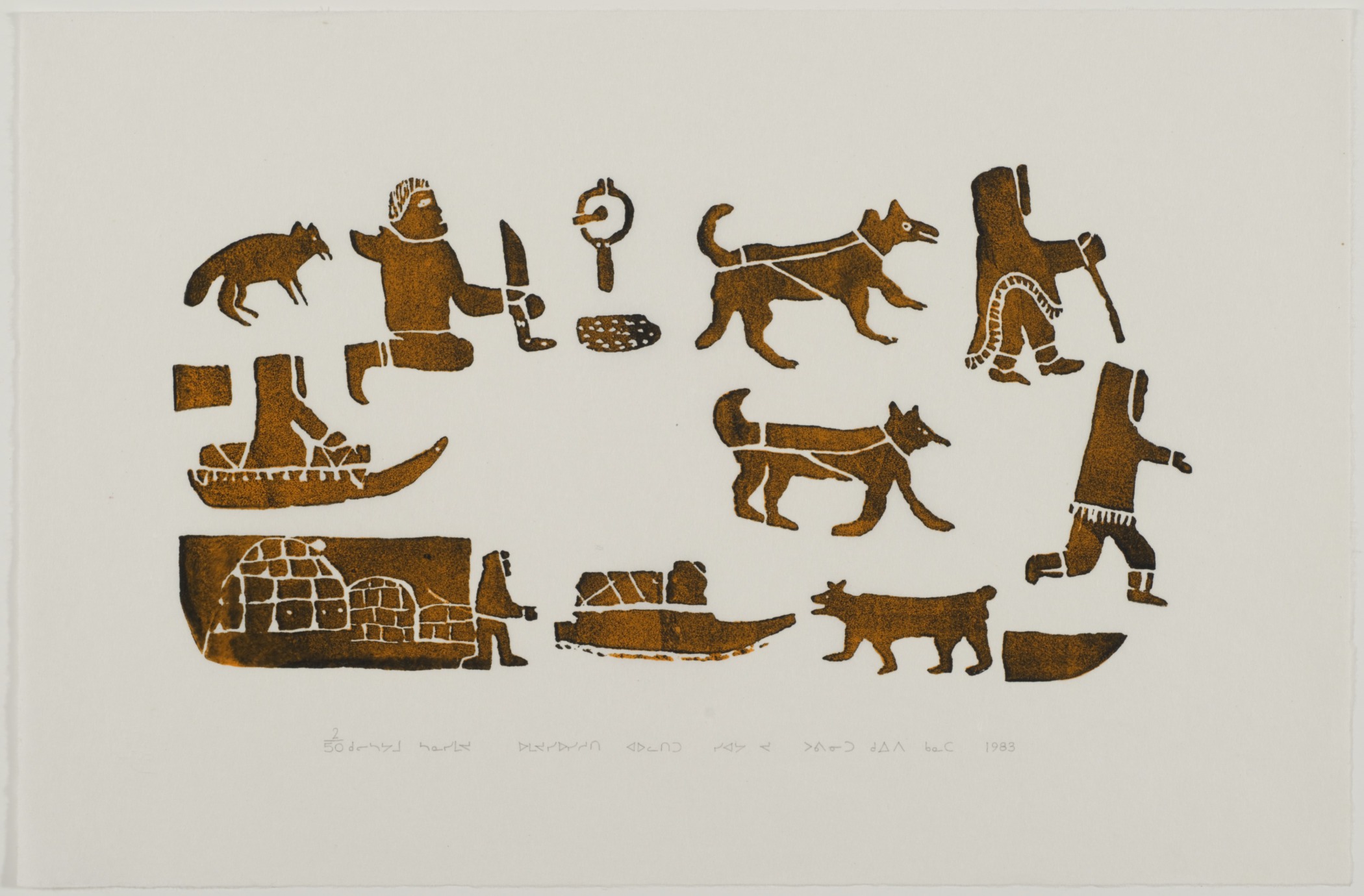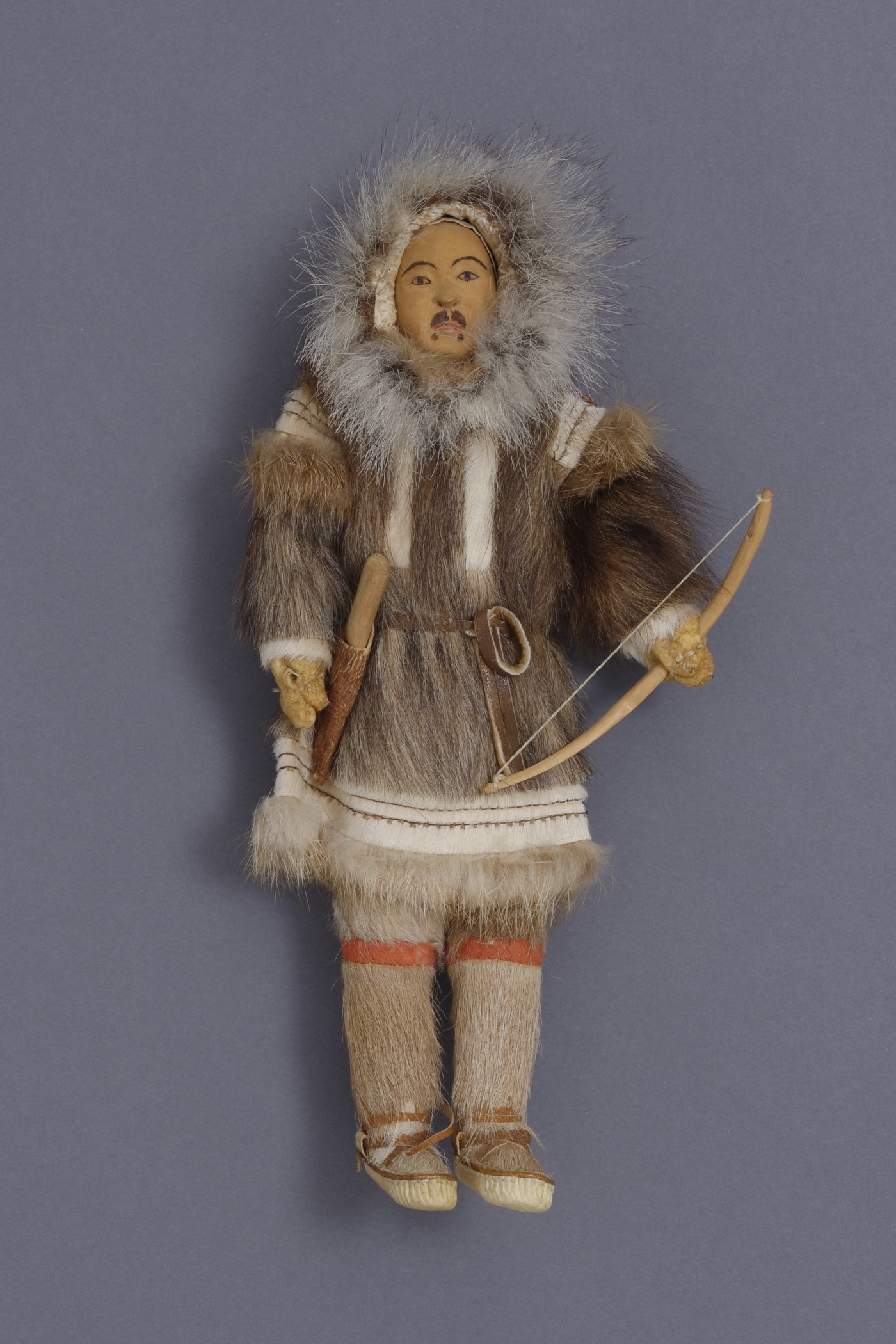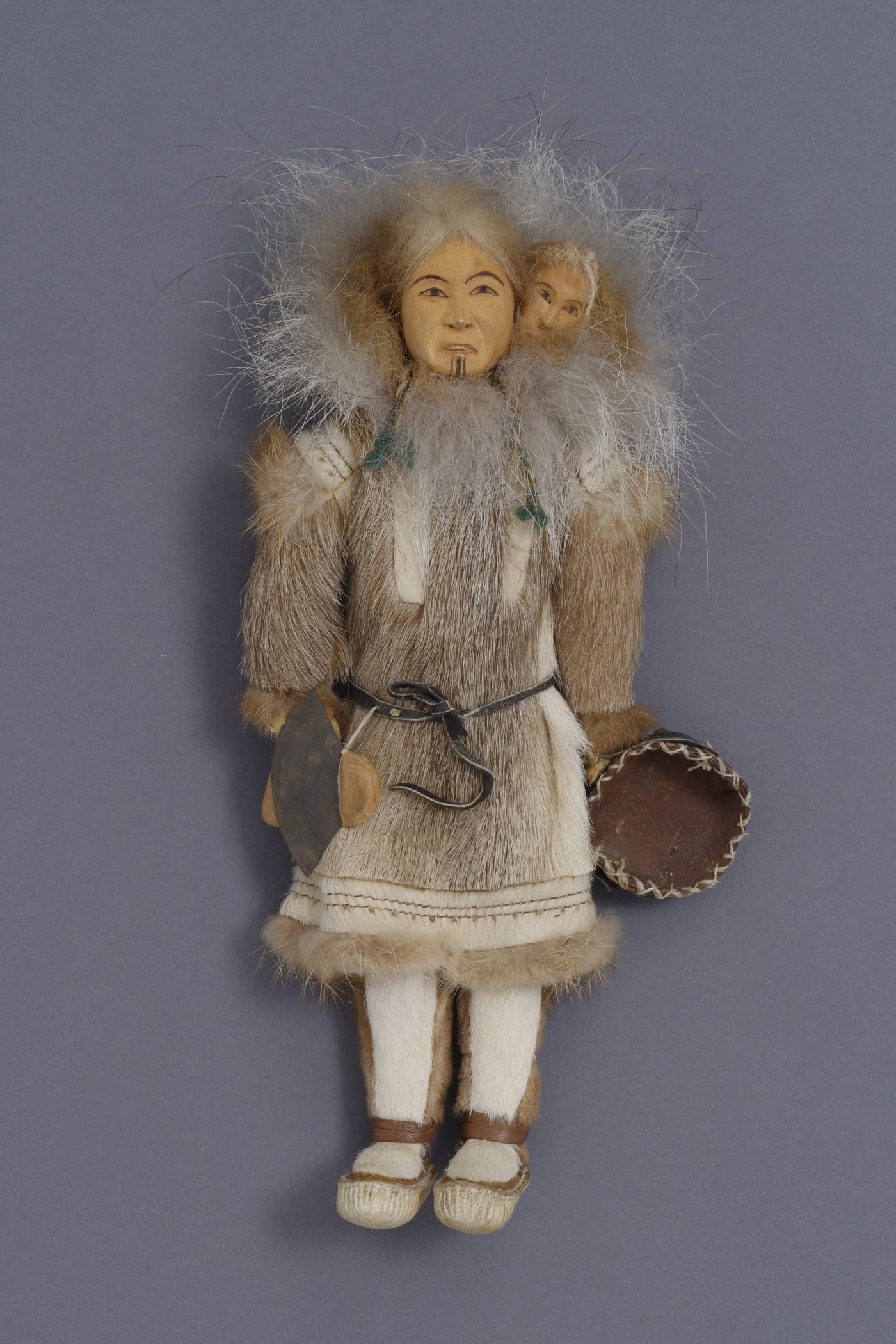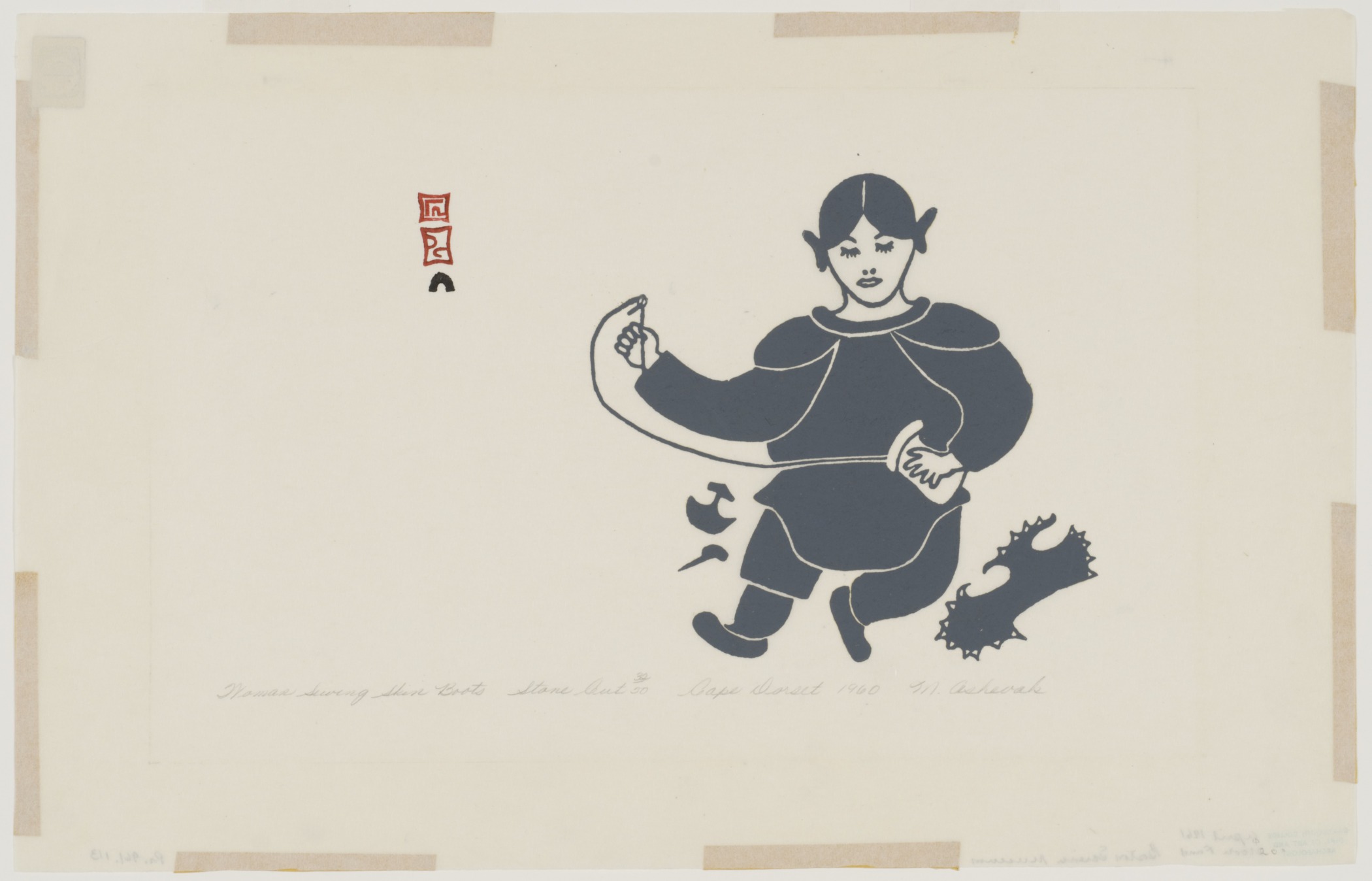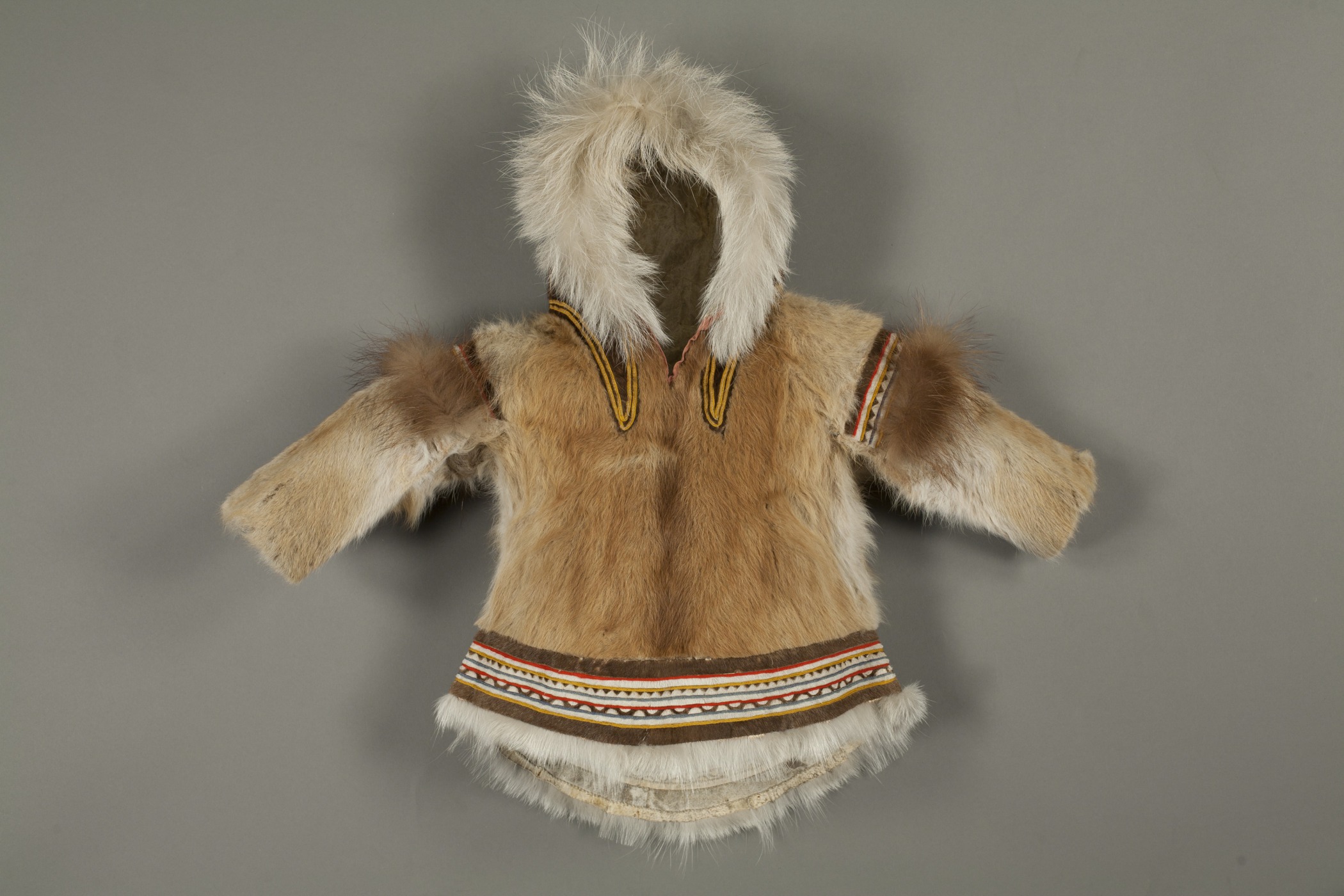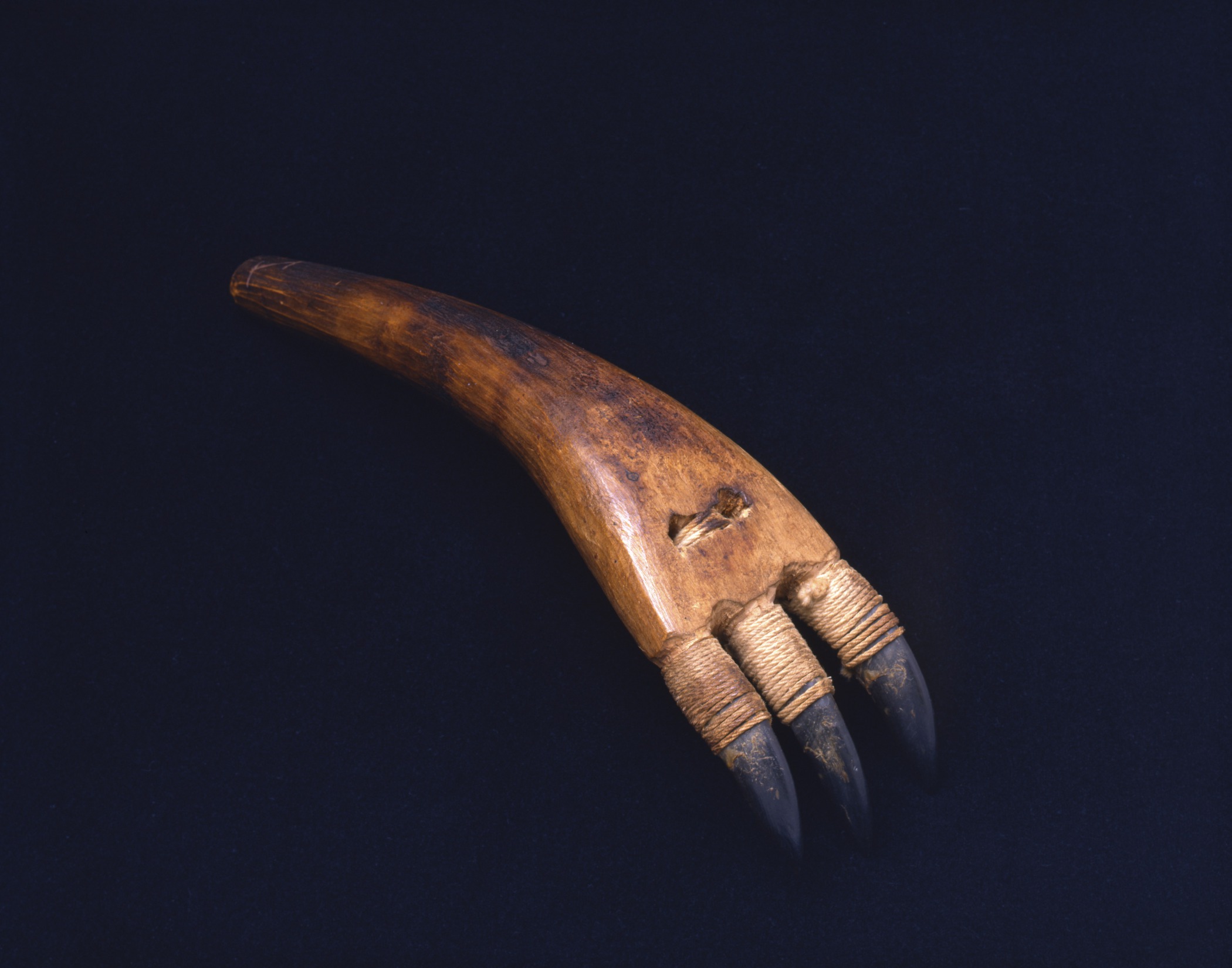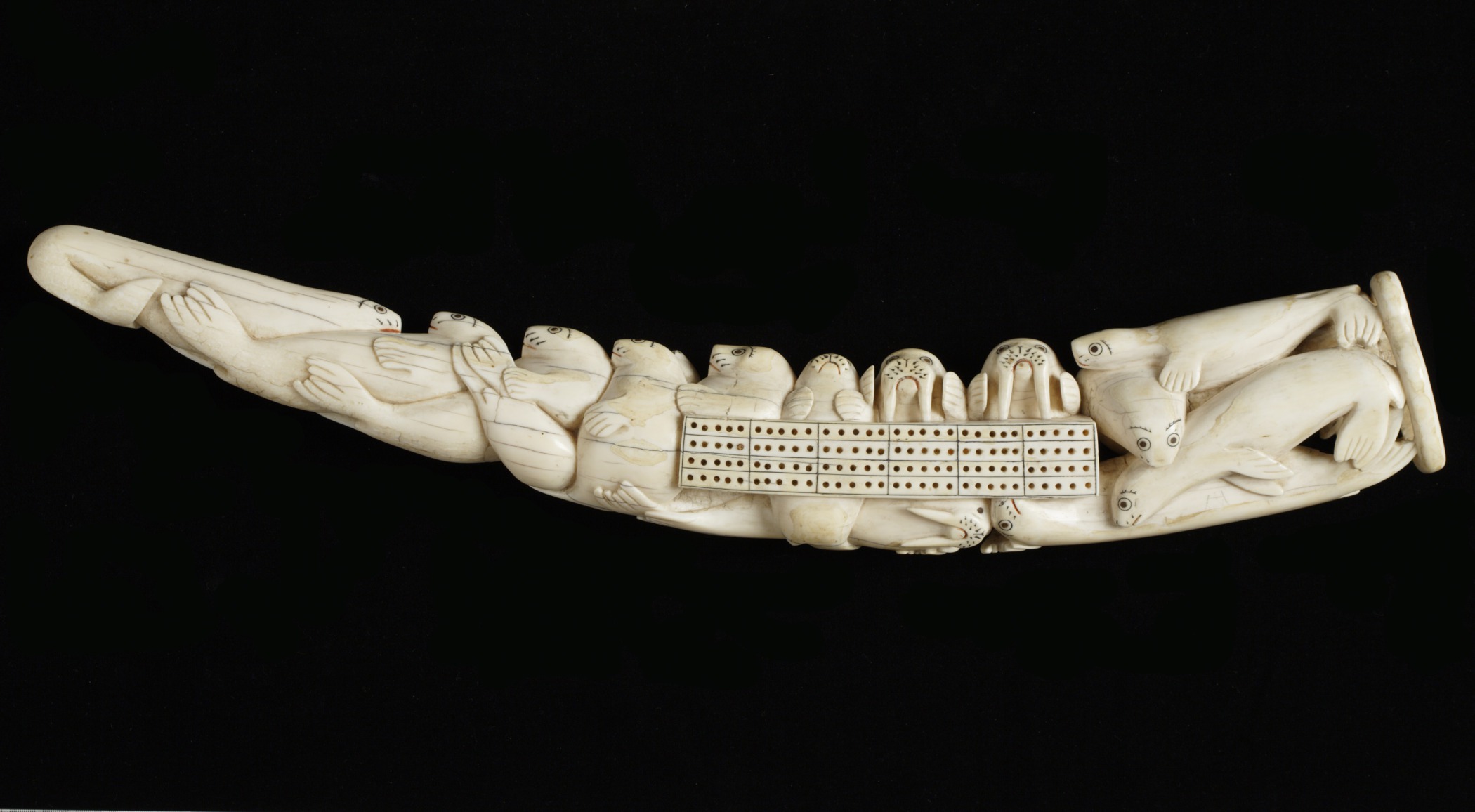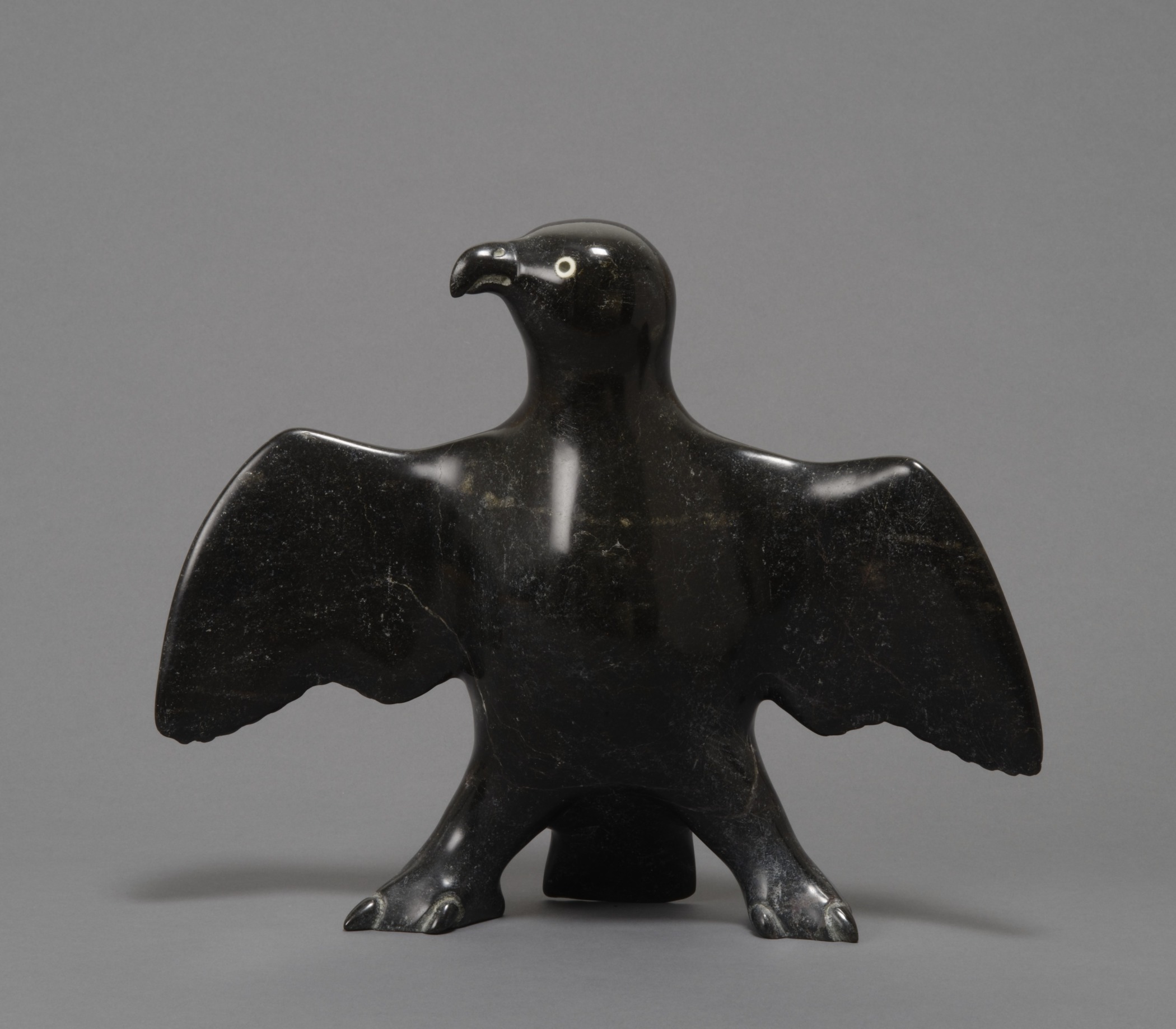In the past, survival in the Arctic depended upon the contributions of everyone in the community. In general, men were responsible for hunting and fishing, building structures, and conducting trade deals. Women prepared clothing and meals, and cared for the children. Nevertheless, men and women shared responsibilities when necessary. Women hunted, rowed the umiak, or pulled the dogsled. Men cared for children and helped to stretch sealskin for clothing. Older men, unable to hunt, helped women with their chores.
From an early age, children learned the roles they would be expected to play as adults by observing and listening, through games and toys, and by practicing adult skills with men and women in their community.
Although gender roles in the Arctic have evolved and changed, traditional ways of life endure, and knowledge and experience are still passed down to future generations.


